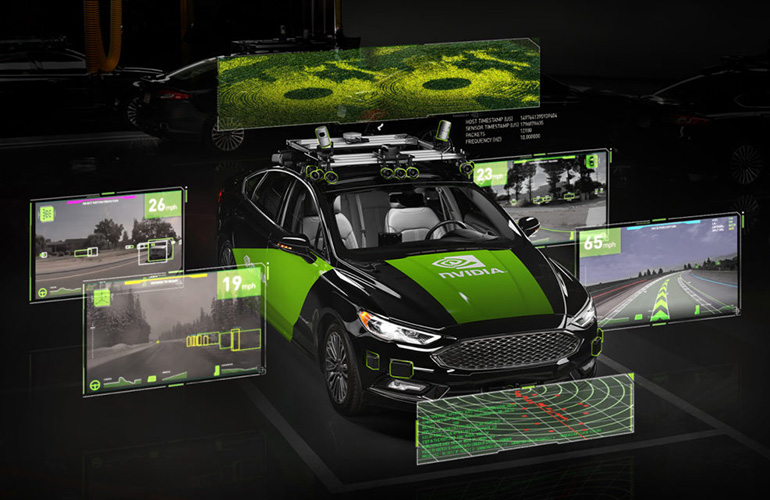NVIDIA DRIVE OS earns safety certification

NVIDIA DRIVE OS is an operating system for in-vehicle accelerating computing power. | Source: NVIDIA
TÜV SÜD has determined that NVIDIA’s DRIVE OS 5.2 software meets the International Organization for Standardization (ISO) 26262 Automotive Safety Integrity Level (ASIL) B standard, which targets functional safety in road vehicles’ systems, hardware and software.
NVIDIA DRIVE OS is an operating system for in-vehicle accelerating computing powered by the NVIDIA DRIVE platform. DRIVE OS is the foundation of NVIDIA’s DRIVE SDK, which includes NVIDIA’s CUDA libraries for efficient parallel computing, the NVIDIA Tensor RT SDK for real-time AI inferencing and the NvMedia library for sensor input processing, among other developer tools and modules.
To meet the standard, NVIDIA’s software had to be able to detect failures during operation, and be developed in a process that handles potential systematic faults along the whole V-model, this includes everything from safety requirements definition to coding, analysis, verification and validation. Essentially, the software has to avoid failures whenever possible, and detect and respond to them if they can’t be avoided.
TÜV SÜD’s team determined that DRIVE OS 5.2 complies with its strict testing criteria and is suitable for safety-related use in applications up to ASIL B. ISO 26262 identifies four ASILs, A, B, C and D, with A being the lowest degree and D being the highest degree of automotive hazard.
TÜV SÜD, based in Munich, Germany, assesses compliance to national and international standards for safety, durability and quality in various applications, including cars, factories, buildings, bridges and other infrastructure.
NVIDIA DRIVE is an open platform, which means that experts from top car companies can build upon the company’s industrial-strength system.
Earlier this year, NVIDIA filed a patent for a system that would help solve one of the biggest issues in autonomous driving: how self-driving cars identify and react to emergency vehicles.
Nvidia’s patent filing, which was published by the US Patent and Trademark Office in May 2022, seeks to help self-driving cars to avoid situations where an autonomous vehicle doesn’t how know to react to emergency vehicles, which could result in a slowed response time, meaning more property damage and personal injuries.
The patent describes a system involving microphones attached to an autonomous or semi-autonomous car to capture the sounds of nearby emergency response vehicles’ sirens. The microphones will work with a Deep Neural Network (DNN) to create audio signals that correspond to the sirens detected.
NVIDIA won a 2022 RBR50 Robotics Innovation Award from our sister publication Robotics Business Review. The company won for its Omniverse Replicator, a data generation engine that produces synthetic data for training deep neural networks based on physical simulations in photorealistic, physically-accurate virtual environments.
The post NVIDIA DRIVE OS earns safety certification appeared first on The Robot Report.
from The Robot Report - Robotics News, Analysis & Research https://ift.tt/ZYhMiUG
via artificialconference

Comments
Post a Comment